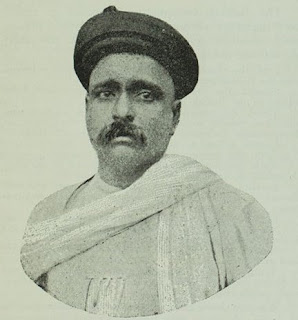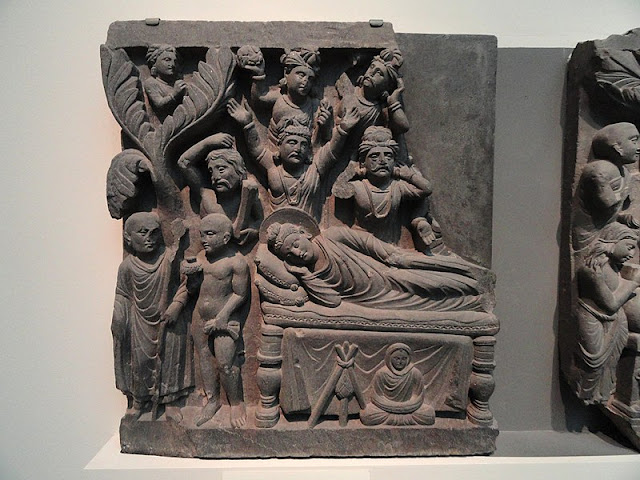Harappan-era city of Dholavira added to UNESCO list as World Heritage site

Close on the heels of Telangana's 13th-century Ramappa Temple receiving the title of World Heritage Site during the ongoing 44th session of the UNESCO's World Heritage Committee in Fuzhou in China, now the Harappan city of Dholavira in the Bhachau taluka of Kutch district in Gujarat has been inscribed on the list. Dholavira is the first Indus Valley Civilisation site in India to be bestowed the coveted title by UNESCO. The archeological site of Dholavira is one of the two largest Harappan settlements in India. Rakhigarhi in Haryana is the other larger Indus Valley Civilization (also known as Harappan civilisation) site. Locally known as Kotada timba, meaning a large fort, Dholavira was first explored by ASI’s J P Joshi in 1968. However, it was excavated extensively by RS Bisht in the 1990s. Dholavira is one of the most well-preserved urban settlements from ca. 3000-1500 BCE. The site comprises a cemetery and a fortified city . Dholavira had a sophisticated water m




